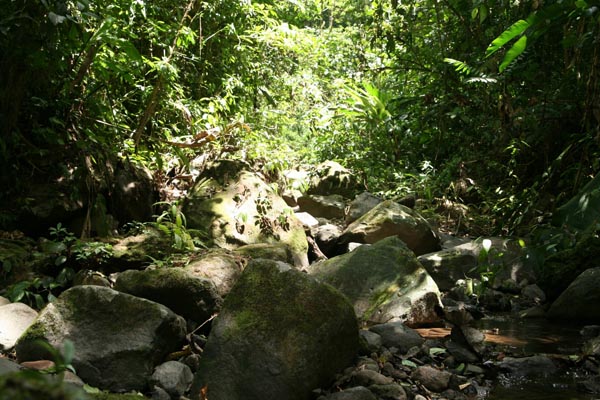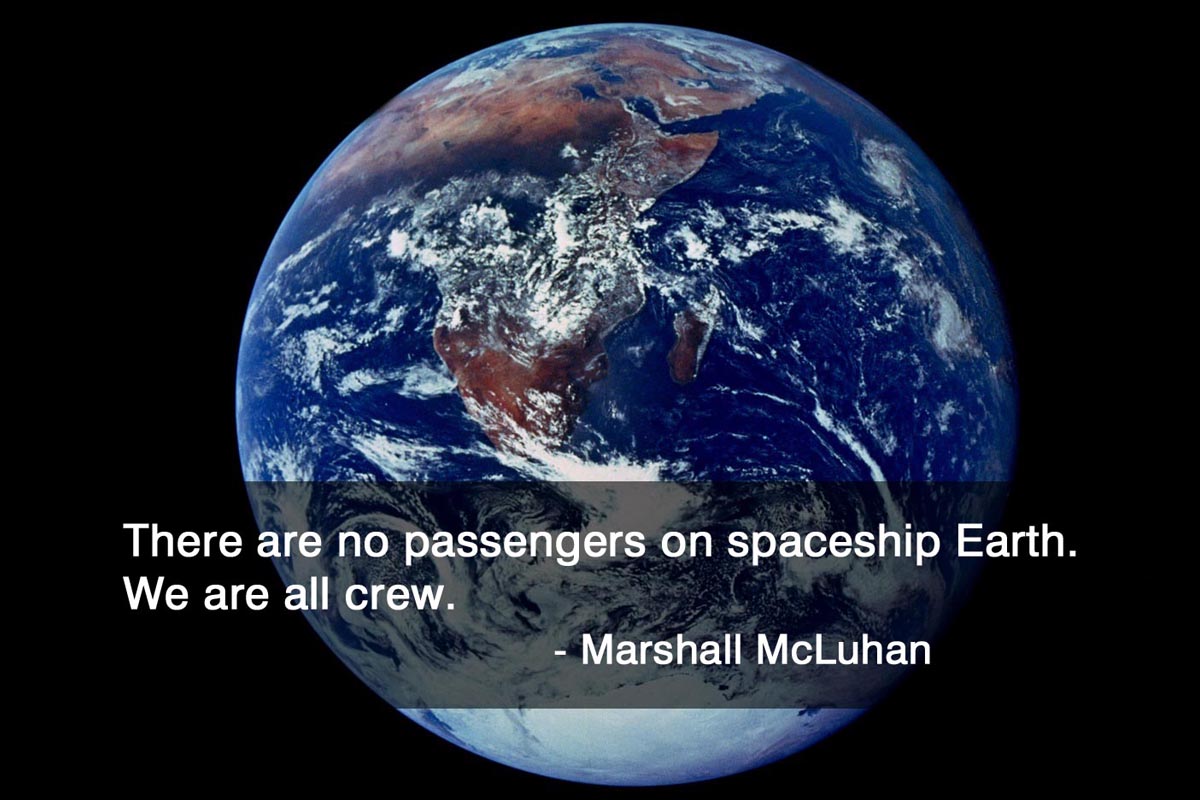
Orchid Conservation Requires Help from Everyone
“HOUSTON, WE HAVE A PROBLEM….”
We all remember the nail-biting moments of Apollo 13 and the scramble to generate oxygen for the three astronauts on board. It was imperative to America that these three men, and the Apollo Mission, should survive. The Hollywood movie Apollo 13 very effectively illustrated the crisis, and how the problem was ultimately resolved.
NASA understands that in order to complete a successful mission it is vitally important for everyone and everything to work together. We all were observers in this great accomplishment of mankind. We watched from our TV sets and sat spellbound, hoping that the brilliant minds, our best and brightest, would pull a successful outcome out of their hats using a primitive instrument called a “slide rule”. Okay, okay, millennials … you may get out your smart phones and Google it.
Why are we talking about a 1970 NASA mission when this page is supposed to be about Orchid Conservation? (Spoiler alert: There were no orchids on the moon.)

The “moonscape” that was once rain forest in Brazil, after having been clear-cut for cattle-grazing, crops for animal agriculture, and palm oil plantations.
The NASA Program mission relates to Orchid Conservation through the value of the many parallels easily drawn from this time in our history.
With the NASA program, we knew lots of brilliant people were working on all aspects of this mission while most of us had no idea of the myriad of complex issues and projects involved. In addition to the problems of getting to the moon and back, the mission included dozens of projects, all of which were designed to advance scientific knowledge. For example, biologists wanted to know the effects of zero gravity on plants and animals, and for that reason some living organisms went along for the ride.
Those of us who care about orchids and the survival of their habitat must think of ourselves in the same way as the scientists who designed individual, specific assignments to be accomplished on the Apollo mission. We have to see our efforts at preserving orchid habitat as part of the much larger mission of protecting the earth. The earth, with its myriad species and ecosystems is infinitely more complex than a moon mission, and no single project, no matter how well planned and executed, can ultimately accomplish all that is needed.
So, our efforts aimed at orchid conservation can be successful only within the context of a larger effort, namely that of preserving habitats and ecosystems for the plants and animals who live there, for the air they breathe, and for the water they need to survive.
We have important groups such as the Orchid Conservation Alliance and the North American Orchid Conservation Center at the Smithsonian Institution. By sponsoring and conducting projects such as studying the effects of mycorrhizal fungi on orchid growth, these groups serve as gateways toward advancing our knowledge. That is why we support them with our societies’ conservation donations.
But ultimately, we must also look beyond orchid conservation, at the bigger picture. We need to make sure the larger mission is successful, and we do that by also supporting the Rainforest Trust, the World Wildlife Fund, the Nature Conservancy and many more. These groups, and the scientists who work within them, are the new best and brightest of our generation, so dedicated to the success of the biodiversity mission building the symbolic “shuttles” and “booster rockets” of our quest to save what is left of orchid habitats. For example:
- World Wildlife Fund has permanently protected 150 million acres in the Brazilian rainforest this past decade.
- Nature Conservancy has an estimated 40 million acres of private land protected through conservation easements in the United States.
- Rainforest Trust has protected over 7 million acres of rainforests, all prime areas of diversity both in fauna and flora.
These organizations need our continued support in order to guarantee the success of orchids living and surviving in their habitats, in the face of massive deforestation. A World Wildlife Fund report from Fall of 2015 tells us that, “Forest loss in the tropics is driven primarily by large-scale agricultural expansions of globally traded commodities like palm oil, soy and beef.”
To draw one more parallel with the Apollo mission, global climate change has become the modern day equivalent of the failed fuel cells of the Apollo 13. Without the ingenuity of the NASA engineers, and without the quick thinking of the astronauts, the entire Apollo mission would have met a bitter end. In the same way, our delicate ecosystem is in serious jeopardy and the time we have to make needed repairs is woefully short. There are some great minds working on this issue, but we all play an important role in whether or not we can solve it in time.
While we go about our daily lives, we must remember that everything we do, and every item we purchase, affects our future and the future of generations to come. Just think of the orchids lost by the forests clear cut to support that jar of palm oil-based Nutella, or that T-bone steak fed by gallons of water and acres of soy and corn.
Philosopher Marshall McLuhan said it best:
